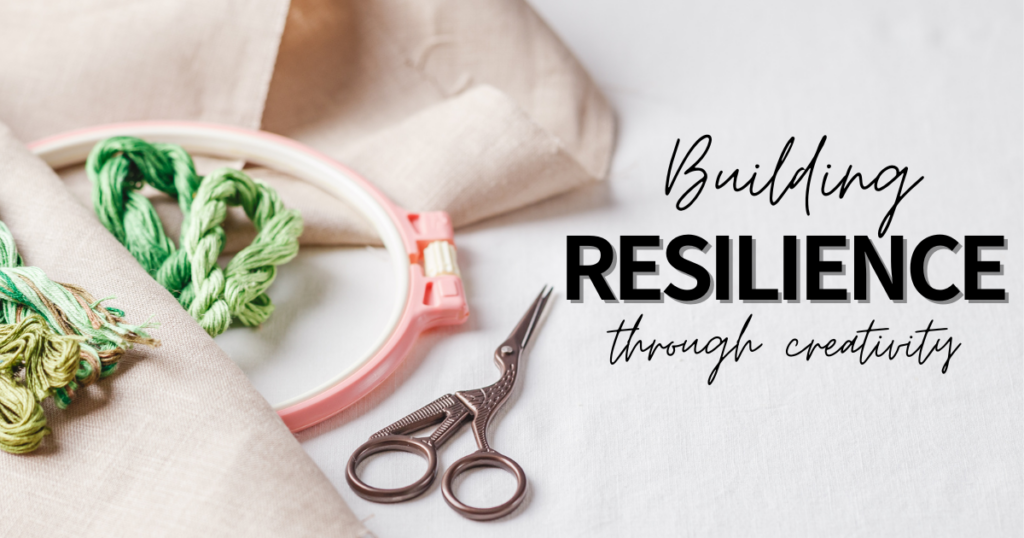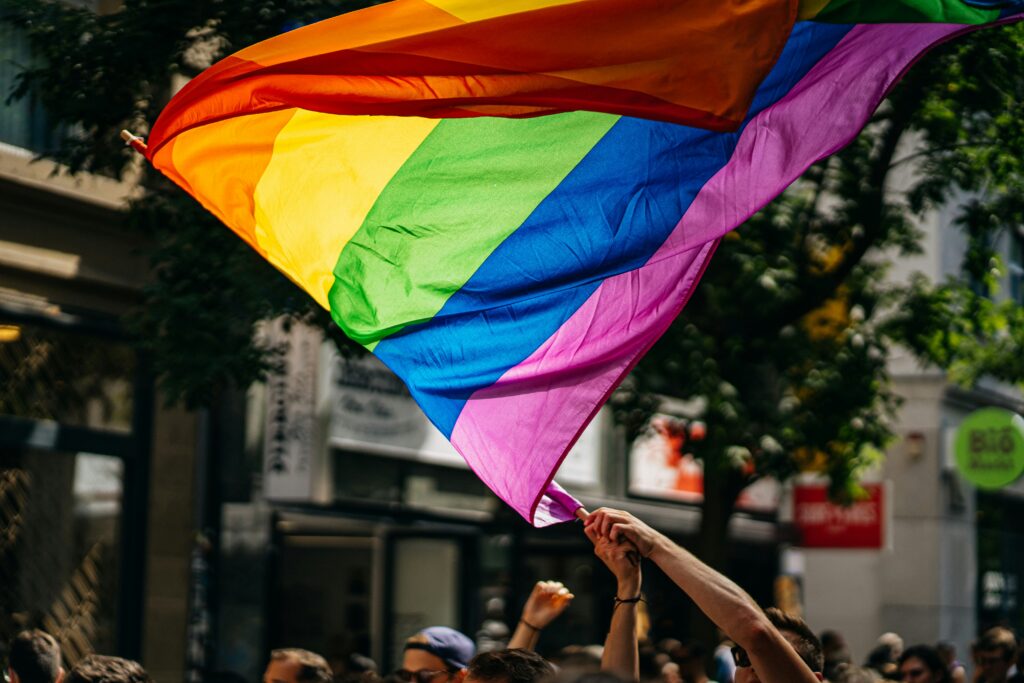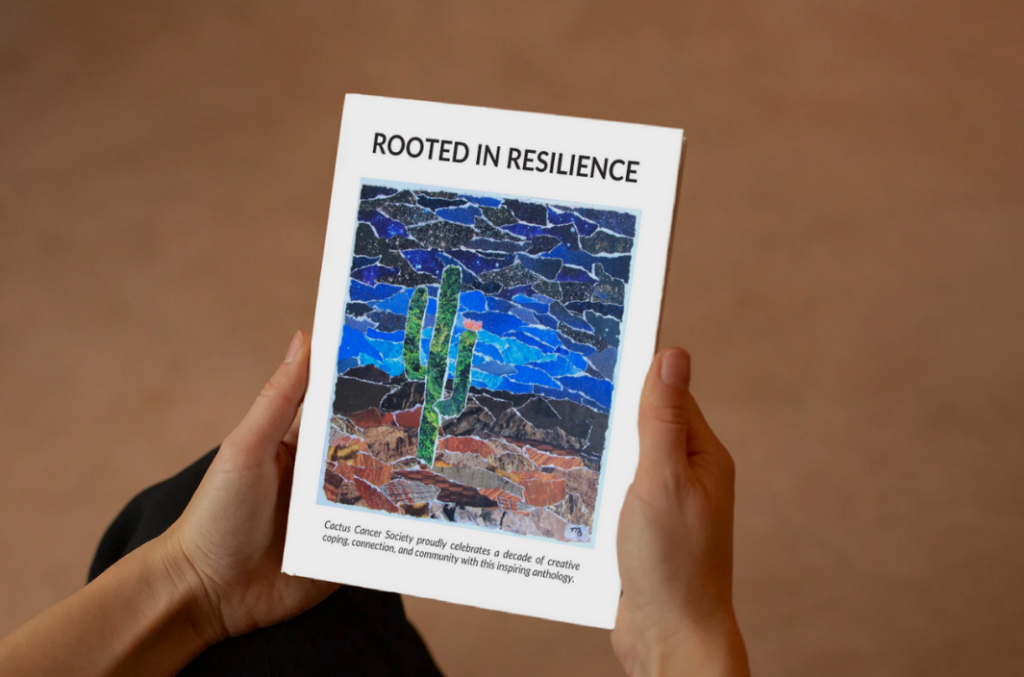1. It can disrupt developmental tasks that mark adolescence, emerging adulthood, and young adulthood.
Adolescence, emerging adulthood, and young adulthood are all marked by different developmental tasks, or “socially, psychologically, and biologically determined activities or goals that individuals are expected to accomplish at certain stages of life.” These tasks are very distinct from those of childhood or older adulthood. For example, during adolescence, the individual is focused largely on differentiating themselves from their parents, cultivating a positive body image and sexual identity, and engaging with peers and dating. The emerging adult is working toward developing their own financial responsibilities, strong relationships with peers (including intimate and sexual relationships), and their own identity and values, while also preparing to join the workforce. Finally, young adults may be in the midst of making decisions about their careers and taking care of their families.
Because of the larger concerns just mentioned that mark adolescence, emerging adulthood, and young adulthood, issues that are related specifically to the cancer experience (for example, changes in physical appearance, confronting mortality, etc.) can be especially hard to navigate and particularly disruptive developmentally. For example, an adolescent who has to take time away from school while undergoing treatment may feel isolated from their peers and struggle to separate from their parents. Meanwhile, the young adult diagnosed with cancer may find it difficult to continue to take care of their family financially if they have to take time off from work. All that to say, although a cancer diagnosis is far from “easy” at any age, a diagnosis during adolescence through young adulthood may be particularly difficult to deal with.
2. Historically, AYA patients have been largely ignored in the research and by healthcare institutions.
When I would go visit my oncologist for appointments, I was always the youngest person in the waiting room—by far. I noticed that the other individuals in the waiting room were largely my grandparent’s age, and that the way the office was set up certainly seemed to cater to that age demographic. While I appreciated the endless stacks of Reader’s Digest magazines, I yearned to see a younger person, not always necessarily to interact with them, but just to feel less abnormal.
My treatment experience as a young person with cancer, unfortunately, is not unusual. Historically, healthcare institutions have focused on helping pediatric and older adults with cancer, largely ignoring the distinct needs of adolescent and young adult (AYA) patients. Commonly, AYAs with cancer are cared for at either a pediatric hospital or in an adult medical oncology center. So, AYAs are receiving treatment either where the average patient is 4-5 years old or where the average patient is at least 60 years old. While these institutions are well-equipped to meet the needs of the children and older adults that they serve, they do not meet the distinct needs of AYAs who are caught somewhere in between.
In addition to often not having a place in healthcare institutions, AYAs are also understudied. In fact, less than 1% of cancer research has focused on the needs of AYAs.
Because we know that cancer can be developmentally disruptive for AYAs and healthcare institutions/research has largely ignored this population, it is unfortunately not surprising that a cancer diagnosis during adolescence through young adulthood has been tied to various negative outcomes. Evidence for the difficulty of a cancer diagnosis during adolescence through young adulthood is not scant. In comparison to their peers without a history of cancer, AYAs have increased psychosocial risks and increased levels of anxiety and depression. Researchers have also found that long-term depression, anxiety, and distress can last even well into permanent survivorship. There is clearly a need for research and healthcare institutions to pay more attention to AYAs to help mitigate these negative outcomes. So, the most urgent question becomes…
What can be done to help?
Some healthcare institutions are recognizing the distinct needs that AYAs have and have consequently started to form AYA oncology programs. For example, Oregon Health and Science University’s Knight Cancer Institute has a program made especially for adolescents and young adults with cancer. Researchers have recommended that programs such as OHSU’s be structured to meet the specific needs of AYAs and have offered the following recommendations:
- That the healthcare provider be responsive to the AYA’s level of maturity and independence and interact with them accordingly. For example, waiting to do morning medical rounds until a time when the AYA is more likely to be awake or adjusting treatment dates so that the AYA is not missing important social events.
- That the health care providers establish open communication with AYAs.
- That healthcare institutions and providers recognize the important role of peers. For example, by creating a dedicated space where AYA patients can spend time with friends and engage in activities that are typical of their lives outside of the hospital.
- That healthcare institutions provide opportunities for AYA patients to interact with other AYAs that have cancer, as research has found this to be an important source of support.
- That healthcare institutions provide resources to give practical support that promotes re-entry into school or work.
This piece was written by Ximena Gisemann on her blog, Support for AYAs (SAYA). To see a fully reference list or to read more, visit her blog.







